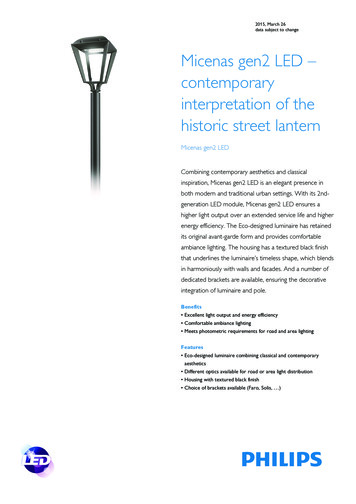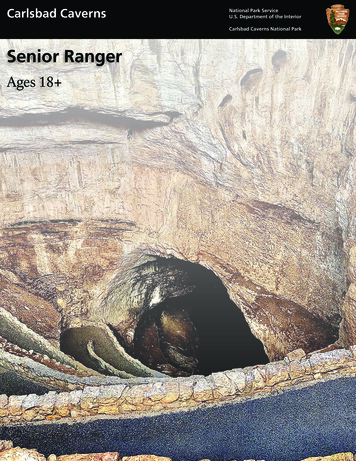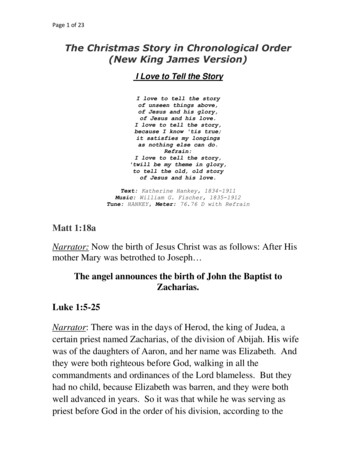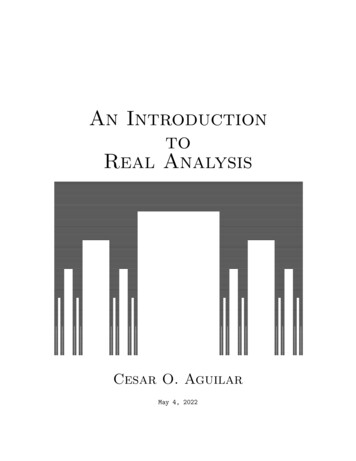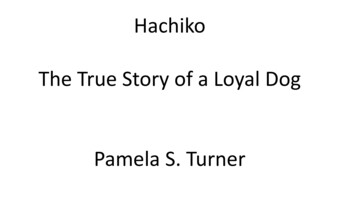
Transcription
HachikoThe True Story of a Loyal DogPamela S. Turner
There is a statue of my old friendat the entrance to ShibuyaStation. His bronze feet are brightand shiny, polished by thousandsof friendly hands. There is a signthat says, simply, "Loyal dogHachiko." I close my eyes andremember the day we met, solong ago.
When I was six years old, myfamily moved to a little housein Tokyo near Shibuya trainstation. One day I beggedMama to take me to meet Papaas he came home on theafternoon train. Together wewalked to the station.
It was spring, and the day wasclear and cold. Businessmenstrode about, hurrying home orto catch another train. Mamaand I had stopped near thestation entrance when I noticedthe dog.
He was sitting quietly, all alone, by anewspaper stand. He had thick,cream-colored fur, small pointed ears,and a broad, bushy tail that curved upover his back. I wondered if the dogwas a stray, but he was wearing a niceleather harness and looked healthyand strong.Just then, Papa appeared. He waschatting with an older man. The dogbounded over to the man, his entirebody wiggling and quivering withdelight. Papa introduced us to theolder man. "Dr. Ueno works with meat Tokyo Imperial University.""What is your dog's name?" I askedtimidly.
The dog was beautiful, but hissharp face reminded me of awolf's. I grabbed Mama's kimonoand stepped behind her, just incase. "Don't be afraid," said Dr.Ueno kindly. "This is Hachiko. Heis big, but still a puppy. He walksme to the station every morningand waits for me to come homeevery afternoon."Hachiko stood wagging his tailnext to Dr. Ueno. I reached outto touch him, and he bouncedforward and sniffed my face.
I reached out and touched Hachikogently on the shoulder. "His fur is sothick and soft," I said. "Like a bear's."Dogs like Hachiko once hunted bearsin the north, where it is very cold andsnow," said Dr. Ueno, kneeling downnext to me and rubbing Hachiko'sears.From that day on, I went to thestation almost every afternoon. But Ino longer went to see the trains. Iwent to see Hachiko. He was alwaysthere, waiting near the newspaperstand. when it was cold, I would burymy face in the thick ruff of creamy furaround his neck.
One day in May, I was waiting at the stationwith Hachiko. The moment I saw Papa, Iknew something was wrong. He was alone,and he walked hunched over, staring sadlyat the gray pavement under his feet.Hachiko's bright brown eyes followed us aswe walked away, but he stayed behind,waiting for Dr. Ueno.When we got home, Papa told us that Dr.Ueno had died that morning at theuniversity. I was stunned. "But what willhappen to Hachiko?" I asked, blinking hardto keep the tears back. "What will he do?""I don't know," said Papa. "Perhaps Dr.Ueno's relatives will take him."
"What about tonight?" I asked."Can we go see if he is all right?"Papa was very sad and tired, buthe walked with me back toShibuya Station. Hachiko wascurled up by the newspaper stand.He wagged his tail when he sawus. Papa and I gave him water inan old chipped bowl and somefood. Hachiko ate and drank, buthe kept looking up toward thestation entrance for Dr. Ueno.Papa and I left ever sadder thanwe had come.
The next day, I went back to checkon Hachiko, but he was not there.Papa told me that Hachiko hadbeen taken several miles away tolive with some of Dr. Ueno'srelatives. "But I'll never see himagain!" I cried. "Why can't he livewith us?""Hachiko belongs to Dr. Ueno'srelatives, now that Dr. Ueno isdead. Hachiko is better off having ahome than sitting at a trainstation." said Papa.
But Hachiko had other ideas. A few dayslater he was back at Shibuya Station,patiently waiting, his brown eyes fixed onthe entrance. Hachiko had run back to hisold home, and from there to ShibuyaStation. Mama and Papa let me take foodand water to Hachiko every day.Other people at the station took an interestin Hachiko. One day I saw an old man fillingHachiko's water bowl as Hachiko licked hishand."Are you young Kentaro?" the old manasked.I nodded. "I'm Mr. Kobavashi. I was Dr.Ueno's gardener. Dr. Ueno told me that youand Hachiko often wait for the afternoontrain together."
"Do you still take care of the housewhere Dr. Ueno lived." I asked."Yes," said Mr. Kobayasi. "Hachiko comesback to the house every night to sleep onthe porch. But in the morning he walksto the station just like he did with Dr.Ueno. When the last train leaves thestation, he returns home."As the years passed and Hachiko gotolder, he became very stiff and couldbarely walk to Shibuya Station. But hestill went, every day. People begancollecting money to build a statue ofHachiko at the station. Papa, Mama, andI all gave money and we were very happywhen the statue was placed next to thespot Hachiko had waited for so manyyears.
One chilly morning I woke to the sound ofMama crying. "What's wrong?" I asked as Istumbled into the kitchen. Papa sat silentlyat the table, and Mama turned her tearstained face to me."Hachiko died last night at ShibuyaStation," she choked. "Still waiting for Dr.Ueno."Later that day we went to the station. Toour great surprise, Hachiko's spot near thenewspaper stand was covered in flowersplaced there by his many friends.Old Mr. Kobayashi was there. He shuffledover and put a hand on my shoulder.
The big bronze statue of Hachiko is avery famous meeting place. ShibuyaStation is enormous now, andhundreds of thousands of peopletravel through it every day. Peoplealways say to each other, "Let's meetat Hachiko." Today Hachiko is a placewere friends and family longseparated come together again.
Dogs like Hachiko once hunted bears in the north, where it is very cold and snow," said Dr. Ueno, kneeling down next to me and rubbing Hachiko's ears. From that day on, I went to the station almost every afternoon. But I no longer went to see the trains. I went to see


